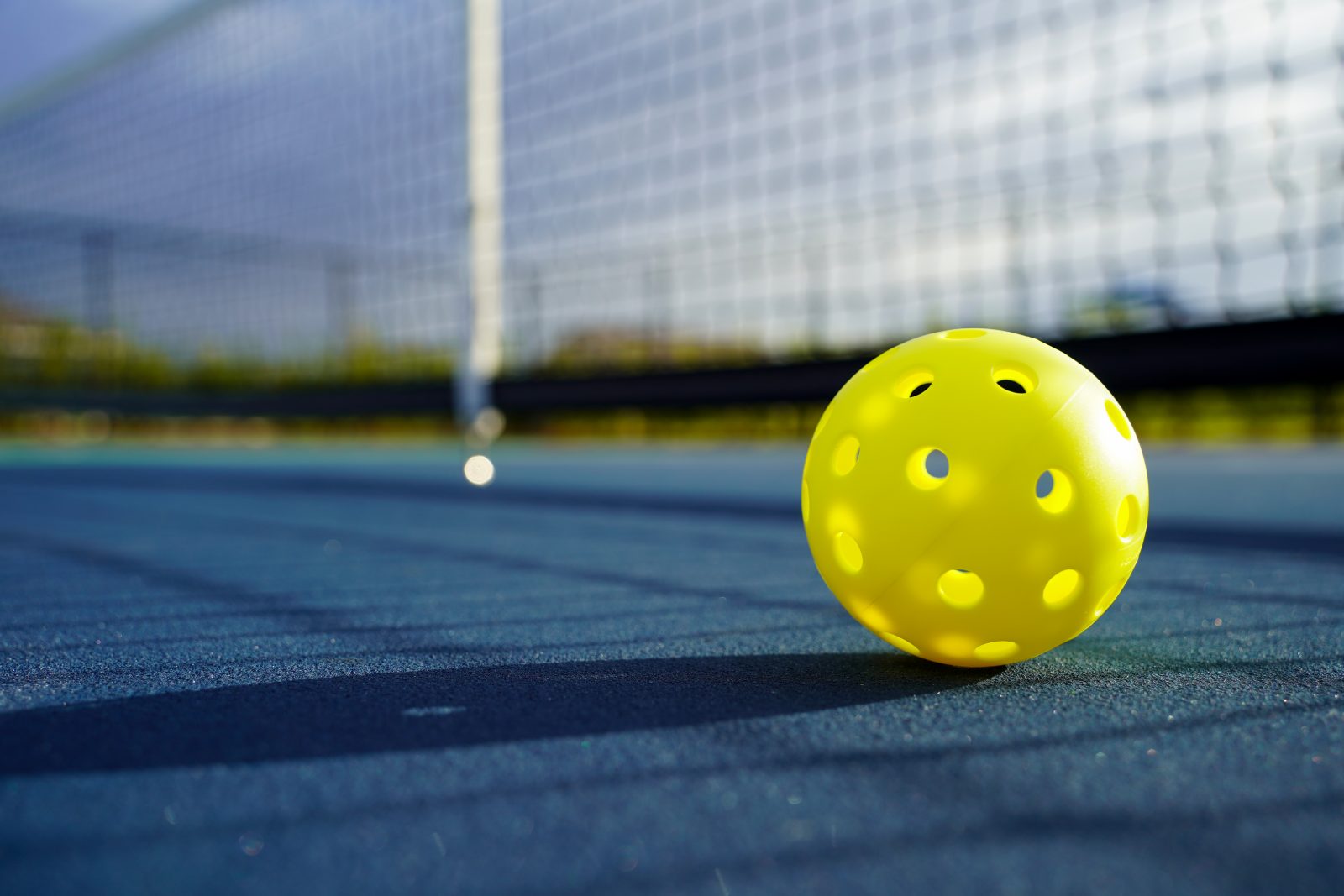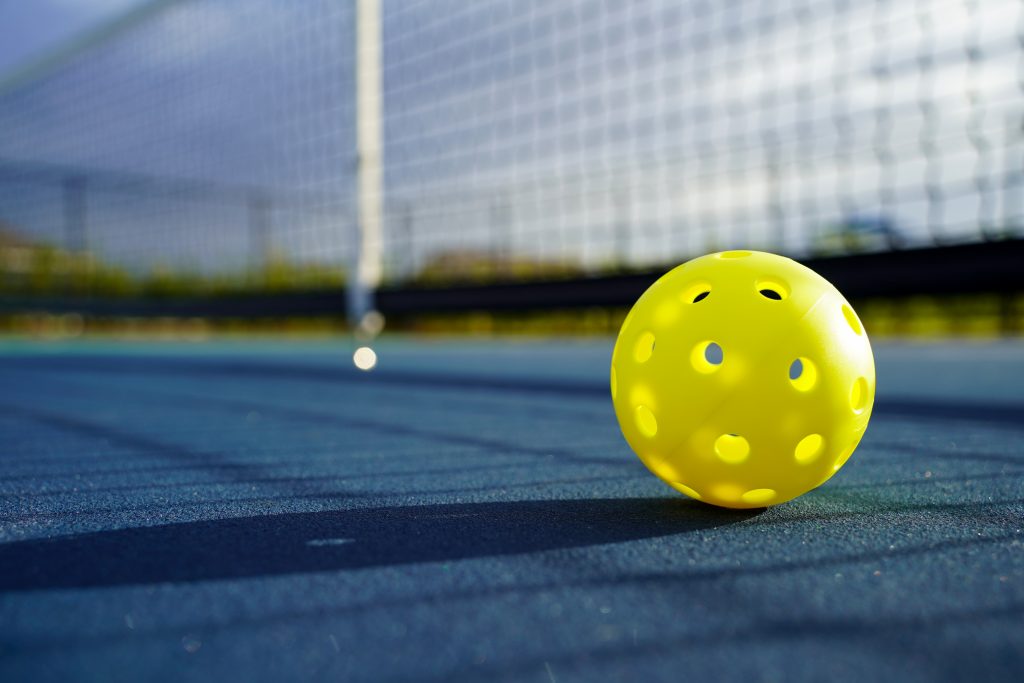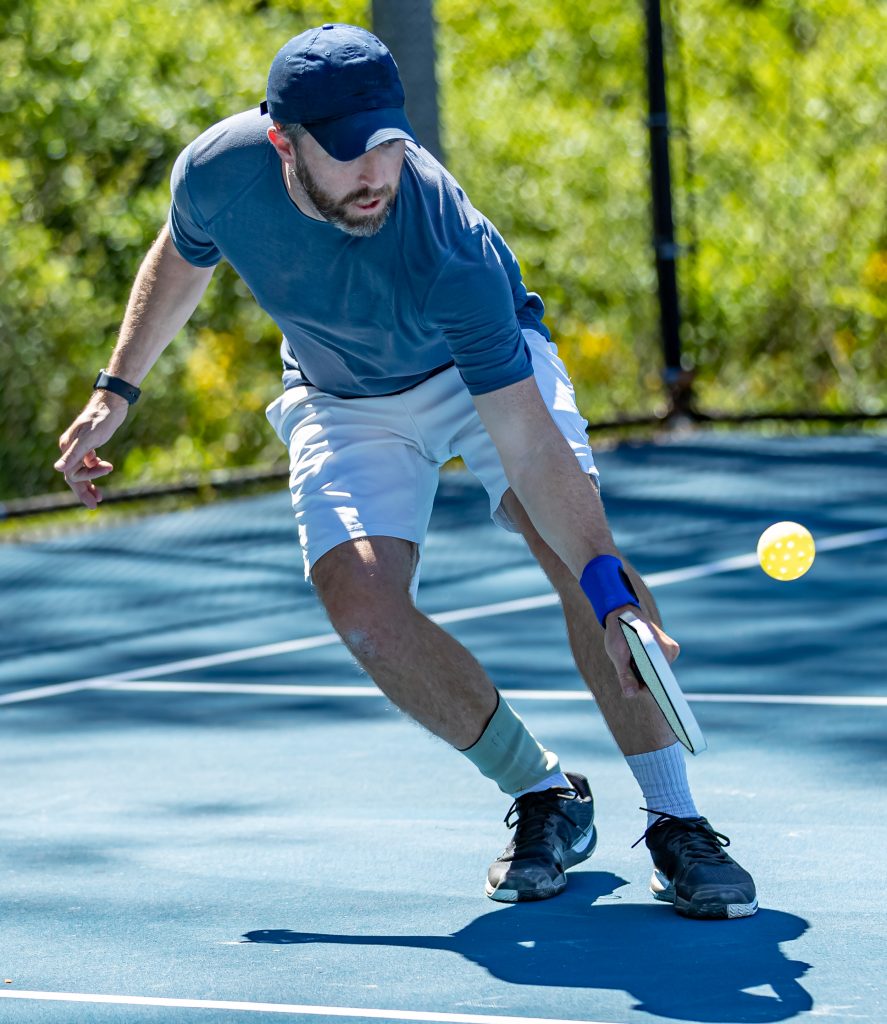Pickleball Comes Home


As homeowners look to expand their at-home recreational options, sports courts are becoming more and more popular. While they’re not overtaking pools , says Scott Cohen, one game in particular, pickleball, is rising on his company’s list of popular menu items.
By Scott Cohen
I’m not sure why or how it happened, but sometime between when I went to bed last night and woke up this morning, the sport of pickleball became a national obsession. Okay, it didn’t happen quite that fast, but these days the game is, as they say, going through the proverbial roof.
For companies like ours that build custom outdoor spaces, pickleball courts are now on the menu of popular amenities, and for one big reason – more and more people love to play, and many would prefer to do so in the comfort, privacy and convenience of their homes.
For those who may be considering picking up a paddle, here’s some pertinent pickleball perspectives to ponder.
IT’S A HIT
According to the Association of Pickleball Professionals – yes, there are pro pickleball players and tournaments – more than 36.5 million people in the U.S. played pickleball between August 2021 and August 2022. To draw a familiar comparison, according to the National Golf Foundation, 25.1 million people in the U.S. played golf in 2021.
For the record, 91.6 million Americans swim each year, says the Centers for Disease Control. So, while pickleball courts are not threatening to replace swimming pools, per se, the fact that such a previously obscure sport is now more than one-third as popular as swimming, and currently eclipsing golf, is rather impressive, to say the least.
Why has it become so popular? In an article on the subject by the New York Times, Ernie Medina, an associate professor of public health at Loma Linda University — and a pickleball coach — said he thinks the answer is simply that it’s fun and easy to learn compared to other sports, especially tennis.
“In pickleball, you’re hitting a plastic wiffle-like ball, so it’s less bouncy and doesn’t fly as fast through the air,” he said. “And the paddle is much easier to handle because it’s shorter and lighter than a tennis racket. You also serve underhand in pickleball, and underhand serves are easier to hit and return.”
That may be why pickleball has become particularly popular with people over 50, a group that represents more than half of those who have taken up the sport in the past year. The pleasing fact is, you don’t have to be in great shape or possess natural athletic ability to enjoy it. Almost anyone can take part, young and old alike.
Not surprising, pickleball courts are rapidly springing up in community centers, city parks, country clubs, health clubs and resorts, not unlike the explosion of racquetball courts seen back in the 1980s. But it’s not just at public facilities, another important pickleball perk is that it is very well-suited for playing at home.
A FEW STEPS AWAY
We all know by now that during the pandemic, at-home recreational activities surged in popularity, for obvious reasons. That’s why interest in swimming pools, putting greens, as well as all types of outdoor living spaces, exploded over the past three years. Pickleball has clearly benefitted from that trend toward activities people can enjoy on their own property.
In our work, more and more clients are asking about pickleball, with some making it a top priority in developing their outdoor spaces. And while admittedly it wasn’t all that long ago that I personally wouldn’t have known pickleball from pickle juice, our company has come up to speed on pickleball court design and construction in a big way. In fact, it’s not much different from building tennis or basketball courts, many of which we have done over the years.
Pickleball courts measure only 44-by-20 feet, roughly the size of an average-to-large swimming pool. Even when you add in the space you need around its perimeter, a pickleball court will fit neatly in most backyards. And, you can use the same court for basketball or volleyball, or anything else that requires a large flat constructed surface.
In larger properties, you can design the layout so the pickleball court functions as a sports-oriented destination within the landscape, which might be separated visually by plantings, fencing or hardscape structures. We’ve had projects where sports courts are adjacent to pools and/or spa, as well as outbuildings and outdoor dining spaces, in effect creating a multi-use outdoor recreation facility just a few steps from the house.
It’s important to note that not all pickleball courts, or sports courts of any kind, are created equal. They must be built properly, or they can crack or move out of level. The surface must be perfectly smooth and provide good footing with a consistent finish. It’s a tall order for most do-it-yourselfers. And there are design considerations that benefit from a professional touch.
Even with something as standardized as a pickleball court, you still have decisions to make, starting with its location and orientation. As is true with tennis, a north/south axis is desirable because it keeps the sun out of players’ eyes. You’ll also need to figure out your color scheme. Pickleball courts can be almost any color combination, and like other outdoor elements, you can use color to harmonize with other features in the landscape and the home itself.
Homeowners also have a choice of surfaces. Most pickleball courts are made of concrete, some asphalt. Those materials, especially finished concrete, can work well as a playing surface, but there are composite materials and coatings that are used, as well. Some people opt for cushy surfaces like those found on playgrounds and splash pads. And, there are some pickleballers who play on grass courts. (Whether or not there are clay pickleball courts, like in tennis, I do not know.)
Other issues include lighting for night play, seating areas, fencing and shade structures, all of which are optional but can certainly add to the pickleball experience.
Note: Some people are surprised that pickleball is considerably louder than tennis. The contact between the plastic ball and the paddle generates a sharp sound that can carry and possibly annoy neighbors.
Whether or not pickleball is a fad or a permanent part of the American sports scene, it’s impossible to know. My hunch is that with an aging population that likes doing things at home, a low-impact and fun sport like pickleball might just be here to stay.
Scott Cohen is a “garden artisan” and president of Green Scene Landscaping & Pools, a watershape design and construction firm based in Chatsworth, Calif. A widely published author and popular speaker, Cohen is known for his gardens that combine outdoor living with inspired artistic details.
Article published courtesy of the Get Smart Group.
Opening image by Jenn L Shoots | Shutterstock. Lower image by Jo Crebbin | Shutterstock.










